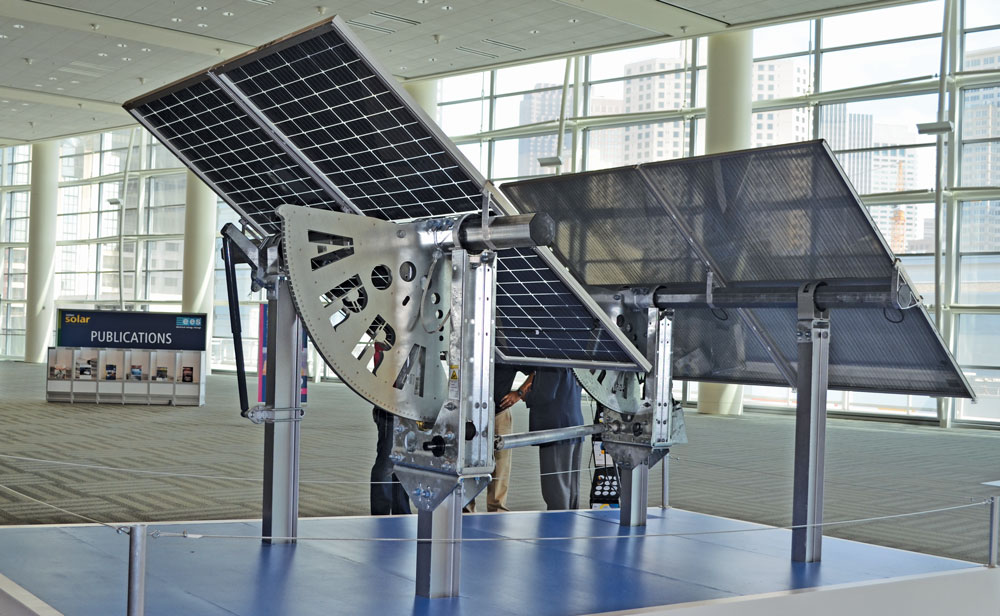Array Technologies may be insulated from anti-circumvention, said ROTH Array Technologies’ close relationship with First Solar, Hanwha, and Maxeon may be the reason for its strong revenue guidance, said an industry note from Phil Shen, managing director of ROTH Capital.
Could “hot carrier” solar cells break the theoretical efficiency limit? As much as 50% of energy absorbed by a solar cell is lost as heat. Under development is a third generation of “hot carrier” solar cells that take advantage of this heat, potentially breaking the Shockley-Queisser limit of silicon-based photovoltaics.
Photovoltaic cell harvests energy day and night Stanford researchers develop a device that harvests energy from the temperature difference between the PV cell and the air.
People on the Move: Array Technologies, Nexamp, Algonquin Power & Utilities, and more Job moves in solar, storage, cleantech, utilities, and energy transition finance.
SMA unveils new inverter for residential, commercial PV SMA is offering a new line of four inverters with power ratings of 12kW, 15kW, 20kW and 25kW, for use in rooftop PV systems up to 135kW in size. It claims the inverters provide grid-compliant power control of entire systems and enable over-dimensioning of PV arrays by up to 150%.
Power Factors selected to manage Vesper Energy’s development pipeline Vesper said it will use BluePoint to track the progress and milestones of its 1.3GW solar and storage development pipeline, while the projects are in development, and support financial and commercial management of said assets once they’re completed.
Nautilus completes 24.9MW community solar portfolio in New York New York State is the number one community solar market in the US, and the largest market for Nautilus, which now has over 87MW in operation in the state.
Aluminum-nickel molten salt battery for seasonal renewables storage US scientists have developed a battery that can retain 92% of its initial capacity over periods of 12 weeks, with a theoretical energy density of 260 W/hour per kg. It was built with an aluminum anode and a nickel cathode, immersed in molten-salt electrolyte.
This content is protected by copyright and may not be reused. If you want to cooperate with us and would like to reuse some of our content, please contact: editors@pv-magazine.com.








By submitting this form you agree to pv magazine using your data for the purposes of publishing your comment.
Your personal data will only be disclosed or otherwise transmitted to third parties for the purposes of spam filtering or if this is necessary for technical maintenance of the website. Any other transfer to third parties will not take place unless this is justified on the basis of applicable data protection regulations or if pv magazine is legally obliged to do so.
You may revoke this consent at any time with effect for the future, in which case your personal data will be deleted immediately. Otherwise, your data will be deleted if pv magazine has processed your request or the purpose of data storage is fulfilled.
Further information on data privacy can be found in our Data Protection Policy.